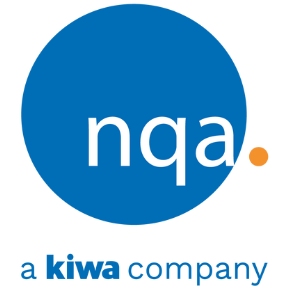AS9104-1:2022 Transition: The new OCAP tool
AS9104-1:2022 Transition
The rollout of the AS9104:2022 introduces some new concepts and requirements when planning third party ASD audits. Most of these will have minimal impact on you and your audit. The transition will see some changes to the information we gather for an audit and how it is used. The information will be used to determine permissible site structures, assists with audit planning, and calculates time for the audit, audit planning and audit report writing.
Site Structure
If we look at the site structures, there has been a move to simplify the process with a consolidation of the current setup. All sites will now be defined as either:1. Single
2. Multiple site structure
This sees a move from the current format:
1. Single
2. Multi
3. Several
4. Complex
5. Campus
This provides more clarity around the structure and allows for better planning. This should improve the audit and provide appropriate time based on the complexity of your processes at each site.
What’s the impact on my audit?
The permissible structure change will have very little impact if you are currently set up as a single site, multiple site or several site. However, companies that are currently classified as complex or campuses may be subject to more audit time than you have been used to. If you are unsure what your structure is, refer to your NQA certificate. Once implemented in full, all companies will be classified as single site or multiple site - campus, several site or complex structure will no longer exist.
Audit planning and time calculations
Currently the planning is based on information gathered prior to the audit and a calculation using a simple formula based on the number of employees, the relevant certification standard(s) and applicability of design.
AS9104-1:2022 requires that we consider more information than we have in the past to assist with audit planning. This additional information will allow your NQA auditor to approach your audit with more focus on areas that potentially require improvement, and thus provide greater added value as your organization works to continue to meet the requirements of the AS9100, AS9110 and AS9120 standards.
The time calculation will move to the use of a new tool: Organization Certification Analysis Process (OCAP).
This is a risk-based tool with data derived from client information collected prior to the audit. The aim of the OCAP tool is to establish the audit duration based on several factors:
• AS9104-1:2022 - Table 8 (employee numbers and a baseline of audit duration)
• Risk analysis adjustment (+10%, 0%, -10%)
• Reductions (site-specific process exclusions e.g. design,) up to 50%
• Additions e.g. use of translators, additional time for corrective actions, report writing and planning time, additional AS standard application
The output of that calculation will produce both audit duration (the time from the opening meeting to the closing meeting,) for each site along with the additional time needed for report writing, audit planning etc.)
Taken together, the audit duration plus the audit time represents the total time for each audit. The time needed for the NQA auditor to conduct audit planning, the audit itself and audit report writing time will be more reflective of the effectiveness of your quality system.
How will this affect me?
Using information provided by your organization prior to the audit, which is reviewed along with previous audit reports, the use of the tool will ensure that the length of the audit is commensurate with the effectiveness of your quality system, the complexity of your organization, levels of customer satisfaction etc. In addition, this new standard will ensure that auditor(s) are afforded sufficient time to properly plan for the audit, document the audit results and conduct any post audit activities.
In short, the audit calculation and duration will accurately reflect what you do.
